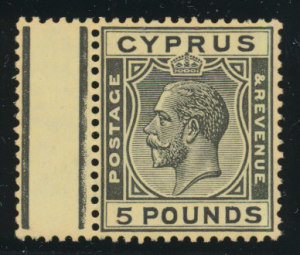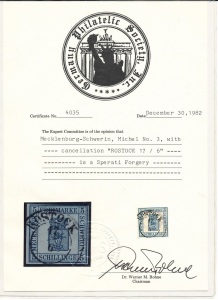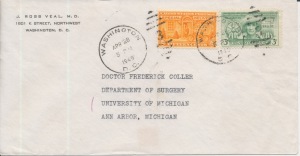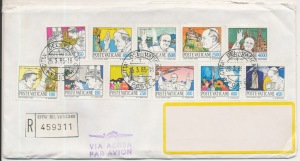The following article was published on December 19, 2011 after the death of Kim Jong-Il. With the aggressive statements of North Korea putting that country back in the news, these comments on the stamps of North Korea seem germane today.
Kim Jong-Il has died. As leader of North Korea, he presided over his nation's continued slide into abject poverty and oppression. There are few laboratory tests in any environment that so clearly measure the differences in political systems as did North and South Korea. Divided after complete devastation during WW II, the North took a Maoist and Stalinist central planning model and the South a capitalist American model. The results have been so dramatic that if this were a medical study it would have been called off for ethical reasons.
The






